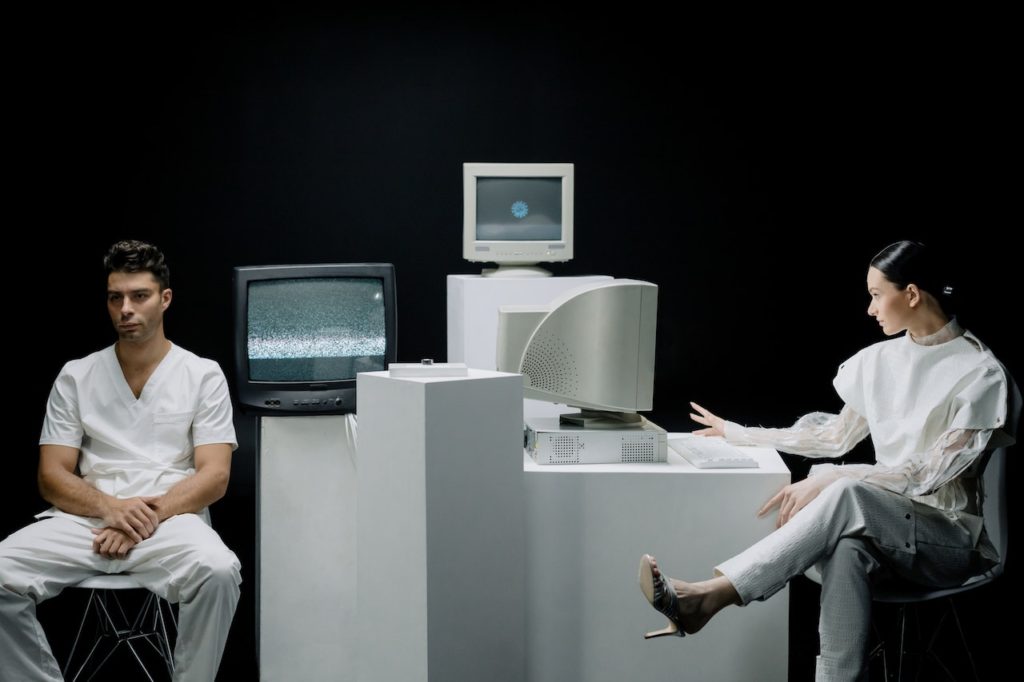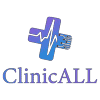Remote patient monitoring is a technology that allows doctors and medical professionals to view patient health data remotely. This can be useful for a number of reasons. Some examples of these reasons include weight gain and loss, patient activity and therapeutic value. Using a remote patient monitoring system can help reduce hospital visits and improve the quality of care for patients.
Bluetooth vs. cellular
Bluetooth is a common technology used for remote patient monitoring. In particular, the technology is known for its ability to send data using the internet. Moreover, a Bluetooth device can transmit data over a short range wireless connection.
A cellular-enabled RPM device is another alternative. The device is capable of sending data over a cellular network, but its capabilities are limited. Some areas of the country have poor cellular coverage, making it difficult to get a good service.
Unlike Bluetooth, cellular technology is an established way to communicate with patients. Several cell phone service providers have partnered with RPM device manufacturers to deliver this important service. It is fast, easy to use, and has several advantages over Bluetooth.
Generally, cellular devices are easier for patients to understand and use. This helps to foster a more proactive healthcare relationship. Moreover, they can report vital statistics quicker. Lastly, they are less likely to feel frustrated with the device.
Aside from the obvious benefit of having access to a smart device, there are a number of reasons why cellular devices are the best choice for the health care industry. They are more affordable, user-friendly, and provide an all-encompassing service.
Having an adequate and reliable internet connection is important for the process of remote patient monitoring. Fortunately, service providers are making it available in almost every community. However, the majority of health care organizations will not have access to 5G for a few years.
Bluetooth devices are also impressive, although they may be a bit more complex to set up. They can require patients to log into a mobile app before they can submit their data.

Biosensors
Biosensors are used in many industries, and in the healthcare sector they can play an important role in the development of patient care. The devices can help patients monitor their conditions and provide a personalised health experience.
Compared with other conventional methods, biosensors offer more sensitivity and accuracy. They can detect the presence of dangerous pathogens and disease outbreaks. This can lead to more effective treatment, lower costs and reduced hospital stays.
Biosensors can be used in clinical services, research, and industrial processing. The technology is also available for the food and water industry. Moreover, it is affordable and user-friendly.
Biosensors have the ability to detect tumour cells, and are expected to support personalised cancer therapy. In addition, they can measure transitory changes in the response of tumors to chemotherapy.
Biosensors are also useful for monitoring glucose levels, which can lead to diabetics controlling their glucose at home. Similarly, they can detect harmful metal concentrations in water.
The applications of biosensors are wide, and include diagnosis, patient health surveillance, and clinical research. These instruments can be found in a variety of fields, including veterinary, medicine, and agriculture.
Biosensors are easy to use, and can help to improve a patient’s health. As the healthcare sector continues to adapt to new trends and technologies, the demand for biosensors will grow.
Biosensors are a great option for a digital health device. They can be used for disease detection and prevention, and they are cheap. However, they require a small sample. Therefore, the adoption of these technologies may be limited.
The market for biosensors is expected to exceed $24 billion by 2020. While it is predicted to remain a growing market, the rate of growth is projected to slow down.
Fitness trackers
Wearables are a great way to keep track of your health. The devices measure your vital signs, sleep patterns, and exercise. They can also help to increase access to healthcare. Some wearables even monitor medication and provide recommendations for healthy behaviors.
The use of these technologies has grown rapidly over the past several years. Currently, there are about 533.6 million personal devices in use, including watches, hearables, and other wearables. This number is expected to grow to approximately one billion by 2022.
One of the most impressive features of wearables is the ability to share data. Physicians can use this technology to monitor patients’ physical activity, sleep habits, and other related health metrics.
Data sharing is an important aspect of these tools, but it is also a matter of privacy. Healthcare professionals need to be able to determine a healthy balance between privacy and the need for data sharing.
The number of physicians who have found these tools useful is growing. For example, a recent survey from HIMSS indicated that over half of the doctors surveyed considered wearable technology to be helpful.
As the devices continue to develop, they will become more valuable to healthcare providers. In the near future, they could provide physicians with real-time, continuous vital signs. However, many practices find the cost of such a technology prohibitive.
One of the most notable developments in wearables is the emergence of ultra-low-cost fitness trackers. These inexpensive products may offer an excellent alternative to more expensive telemetry monitoring systems in resource-poor settings.
Despite their affordability, these fitness trackers will never achieve the full potential of more complex wireless monitoring solutions. Even so, they present an opportunity to reduce patient health risks and improve patient care in resource-poor settings.
Weight gain and loss
Remote patient monitoring (RPM) is a medical procedure that provides a means of collecting patient data, such as vital signs and self-reporting on symptoms. The data is recorded and sent to health care providers almost immediately.
The data collected by RPM helps practitioners gain a better understanding of patients’ weight patterns and provide individualized weight management plans. It can help to improve patient outcomes and reduce hospital admissions.
Patients may need to monitor their weight after a procedure or treatment. This can help clinicians identify whether their weight is increasing or decreasing, which can prevent health emergencies.
Smart scales can be used to gather this data. Data from the scale can be transferred to the care team, which can then help to determine whether the patient needs a physical examination or medication.
Many patients, especially those with chronic conditions, need to keep track of their weight. A smart scale can motivate them to lose weight and provide critical information to the healthcare team.
For obese patients, tracking their weight can give them greater insight into their conditions. As with other medical conditions, a rapid increase in weight can be an indicator that urgent action is needed.
There are two different types of remote patient monitoring devices: Bluetooth and cellular. Bluetooth devices require the user to log into the app before submitting their data, while cellular devices are fast and transmit the information straight away.
Telehealth provides a safer way to track weight. Unlike traditional methods, telehealth does not interfere with other important health information.
There are several other benefits of telehealth, including its convenience and increased flexibility for both the patient and the provider. Moreover, it can be used to support hypotensive and hypertensive patients.
Therapeutic value
Remote patient monitoring is a type of technology that allows doctors to remotely monitor patients. It can help improve patient outcomes and reduce the costs associated with health care. With this technology, clinicians are better equipped to identify red flags, alter their treatment plans and ensure patient compliance.
Remote Patient Monitoring allows clinicians to track changes in patient condition, including those related to chronic illnesses, surgery, and infectious diseases. Compared to in-person visits, it can reduce the risk of readmissions and medical emergencies. In addition, it has the potential to improve patient engagement.
Patients and healthcare providers are increasingly embracing the benefits of remote patient monitoring. For example, studies have found that patients who were able to access their own health data were more engaged and healthier.
One of the most important features of a remote patient monitoring system is that it provides a greater level of transparency. This allows patients to see trends and make informed decisions about their care. They are also more likely to engage in self-care.
When a patient has a good relationship with their doctor, they will be more involved in their own care. A good RPM program should provide comfortable, user-friendly technology to help with this goal.
Besides increasing the efficiency of care, a comprehensive Remote Patient Monitoring platform is designed to improve patient outcomes and reduce the total cost of care. These factors result in a robust ROI for healthcare providers.
For patients, Remote Patient Monitoring can be the difference between a healthy life and a lifetime of illness. It can allow them to make more informed decisions about their own health, and it can help them maintain a sense of control over their lives.





Phenix Health delivers online health services 24/7 provided by Australian doctors and healthcare professionals.